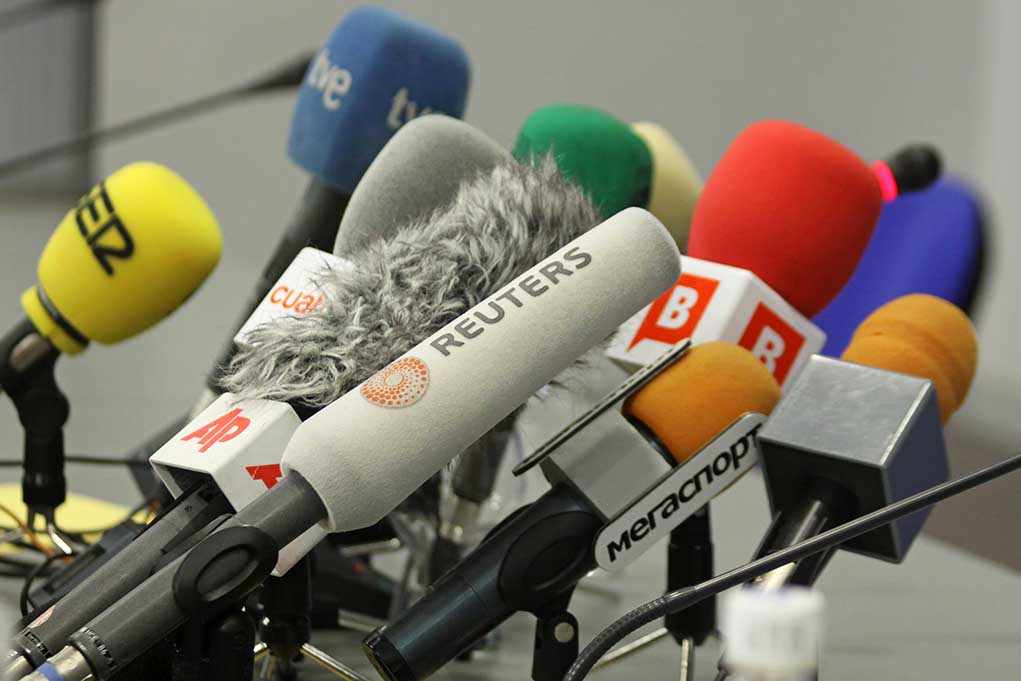
Imagine a protest spiraling out of control, resulting in the arrest of journalists, and ask yourself: When did defending free speech become a crime?
At a Glance
- At least 13 people arrested during an immigration protest in Cincinnati.
- Two journalists were among those detained by police.
- The protest was sparked by the detention of an Egyptian immigrant.
- Ongoing debates about press freedom and immigration enforcement.
Protest Erupts Over Immigration Detention
Tensions flared in Cincinnati as at least 13 individuals, including two journalists, found themselves handcuffed during an immigration-related protest on July 17, 2025. The protest was ignited by the detention of Imam Ayman Soliman, a former chaplain at Cincinnati Children’s Hospital, who was taken into custody by U.S. Immigration and Customs Enforcement (ICE) after his asylum status was revoked. This move undoubtedly stirred a hornet’s nest among local immigrant rights groups and faith leaders, leading to widespread demonstrations.
The demonstration began with a vigil at The Banks in Cincinnati, organized by advocacy groups such as Ignite Peace and the Ohio Poor People’s Campaign. However, the situation escalated when demonstrators, driven by spontaneous fervor, marched onto the John A. Roebling Suspension Bridge, effectively halting traffic. While the vigil was a planned event, the ensuing bridge blockade was a rogue act of defiance, underscoring the mounting frustration over Soliman’s detention.
Law Enforcement Response and Arrests
The Covington Police Department acted swiftly, arresting at least 13 individuals, including journalists covering the event. The arrests have sparked a heated debate about press freedom and the right to protest, with many questioning the rationale behind detaining members of the press who were simply doing their jobs. The police cited the need to maintain public safety as the primary reason for their intervention, especially given the unsanctioned nature of the bridge blockade.
As vehicles attempted to navigate through the mass of protesters, tensions skyrocketed. Reports emerged of at least one vehicle coming perilously close to the protestors, further escalating the situation. These events underscore the delicate balance between maintaining order and respecting the rights of citizens to protest peacefully.
Implications for Press Freedom and Immigration Policy
The arrest of journalists during the protest has thrown the issue of press freedom into sharp relief. Legal and civil rights experts argue that such actions pose a significant risk to First Amendment rights. The detainment of journalists during protests is not just a local concern but a national one, with implications for how law enforcement agencies balance public safety and civil liberties.
Beyond the immediate concerns of press freedom, the protest and subsequent arrests have reignited discussions about immigration policy and enforcement. Advocacy groups continue to call for Soliman’s release and for broader reforms to ICE practices. The case highlights the human cost of aggressive immigration enforcement and the urgent need for due process in asylum cases.
A Broader Conversation
The events in Cincinnati are part of a larger national conversation about immigration, civil liberties, and the role of law enforcement. Blocking bridges and major roads is a time-honored tactic in civil disobedience, designed to draw attention to urgent social issues. However, these actions often lead to rapid police responses and mass arrests, as seen in Cincinnati.
As the situation unfolds, pressure mounts on local and federal officials to address the underlying issues driving these protests. For now, the focus remains on the arrested individuals, including the journalists, who face charges related to blocking traffic. The continued detention of Imam Soliman by ICE remains a focal point for advocacy efforts and community mobilization.












